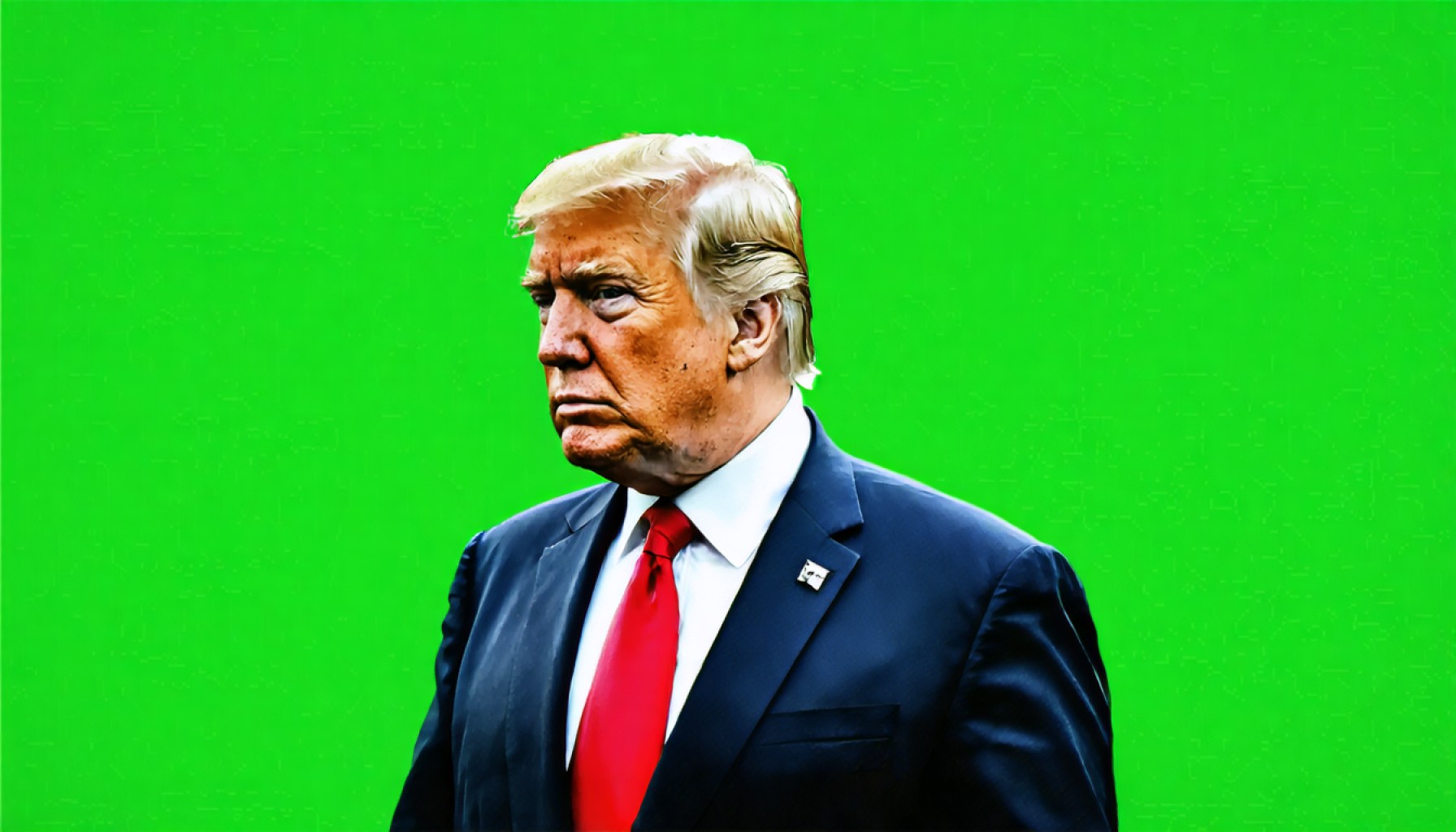- President Trump temporarily paused his aggressive tariff policies, surprising global markets.
- International markets, including those in New Delhi and New York, reacted positively to the 90-day reprieve from tariffs.
- The Indian stock market experienced significant gains: the Nifty 50 surged by 429 points, and the BSE Sensex rose by 1,310 points.
- The tariff pause came after unexpected sell-offs in both equity and bond markets, fueled by countries like China offloading US bonds.
- The tariffs strained the American economy, leading to inflation concerns and challenges in international competition for companies like Tesla.
- Rising inflation and dollar devaluation contributed to growing debt issues, necessitating strategic adjustments.
- The Federal Reserve, led by Jerome Powell, maintained a hawkish stance in response to the inflationary pressures.
- The situation underscored the interconnectedness of global markets and the challenges of protectionist policies.
- Trump’s policy pause offered a brief opportunity for reevaluation and potential reconciliation with trading partners.
Suddenly, the tide turned. In a move that sent ripples through the global economy, President Donald Trump temporarily halted his aggressive tariff policies, igniting a bullish wave across international markets. Investors from New Delhi to New York cheered the unexpected 90-day reprieve, which many saw as a breath of fresh air amid escalating trade tensions.
The Indian stock market leapt with vigor. The Nifty 50 index sprang to life, notching an intraday surge of 429 points. Likewise, the BSE Sensex soared, recording a monumental 1,310-point rally. Banking indices weren’t left behind, as Bank Nifty recorded a robust gain, showcasing the profound impact of global interconnected finance.
But what catalyzed this dramatic shift?
Behind the scenes, market experts had anticipated a likely pivot. Trump’s tariffs had initially aimed to bolster domestic industries. Instead, they triggered a simultaneous sell-off in both equity and bond markets, an anomaly perplexing to many. Typically, when equity markets sink, bonds are a safe haven. However, post-tariff reality proved otherwise, as countries like China began shedding their US bonds, intensifying the financial tumult.
The ripple effects were myriad. A liquidity crunch loomed, pressuring the American economy as inflation threatened an alarming upward spiral. Business giants like Tesla began losing ground in Asia to cost-effective competitors like Chinese automaker BYD, a direct fallout of the protectionist tariffs.
Additionally, a storm brewed at the intersection of debt and income imbalance. Rising inflation and a weaker dollar exacerbated the nation’s debt woes, forcing a strategic recalibration.
Then there’s the Federal Reserve. With Jerome Powell at the helm, the Fed remained vigilant against inflation. The new tariffs prompted the Fed’s hawkish stance, overshadowing any hopes of near-term rate cuts. The American economy found itself on a collision course with Fed policy, compelling Trump to act.
As the dust settles, the key takeaway is undeniable: in a globalized world, isolationism has far-reaching consequences. Trump’s pause offered a momentary respite, a chance for reflection and potential reconciliation with trading partners. As investors and policymakers navigate these turbulent times, one lesson resonates clearly—connectivity knows no bounds, and markets thrive on the steadiness of open exchanges.
Trump’s Tariff Pause: A Deeper Dive into Global Market Dynamics
Understanding the Impact of Trump’s Tariff Pause
President Donald Trump’s unexpected decision to temporarily halt tariff policies offered much more than just relief to the markets; it presented a crucial moment to reassess international trade strategies. The complexities surrounding this decision hold valuable insights for investors, policymakers, and global economies. Here, we’ll explore additional dimensions and broader implications of this economic maneuver.
Real-World Use Cases
1. Investment Strategies:
– The market’s reaction to the tariff pause created lucrative opportunities for short-term trading. Investors who had the insight to invest in indices such as India’s Nifty 50 or the BSE Sensex capitalized heavily on the surge.
2. Market Volatility Management:
– With the temporary reprieve from tariffs, companies learned crucial lessons in managing supply chains and stock market volatility, prompting a strategic thinking shift towards diversification.
Market Forecasts & Industry Trends
– Global Supply Chain Optimization: Following the pause, many companies vowed to revisit their supply chain strategies, leading to increased investments in technologies such as AI and machine learning to predict and mitigate similar risks in the future.
– Emerging Markets Surge: As evidenced by vibrant market activities in India, emerging markets are expected to see increased investor interest, offering higher growth potential amidst global trade uncertainties.
Controversies & Limitations
– Short-lived Relief: Critics argue that while Trump’s tariff pause may have temporarily buoyed markets, it did not resolve underlying trade imbalances. Longer-term solutions remain necessary to stabilize global trade relations.
– Dependence on Policy Decisions: The incident underscores the risk industries face by relying on unpredictable policy decisions, highlighting a need for more sustainable business practices.
Insights & Predictions
– Long-term Economic Implications: Experts predict that the longer-term effects of the tariff pause could signal shifts towards more multilateral trade agreements and away from isolationist policies.
– Technological Advancements in Trading: The rise of automated trading platforms is anticipated to grow as investors seek to mitigate risks associated with sudden policy changes.
Actionable Recommendations
1. Diversify Investments: Investors should consider diversifying their portfolios to include a mix of assets from various global markets to hedge against policy-induced volatility.
2. Enhance Risk Management: Businesses are advised to integrate advanced risk management techniques, such as scenario planning and supply chain modeling, to prepare for future disruptions.
3. Monitor Policy Trends: Stay informed about political developments, focusing on trade policies that could impact global markets to make well-timed investment decisions.
Quick Tips for Investors
– Stay Informed: Follow credible financial news sources to keep abreast of rapid changes in policies and market conditions.
– Leverage Technology: Use financial tools and platforms to simulate and backtest investment strategies under various trade scenarios.
For more insights, explore Bloomberg and Reuters.
By understanding these dimensions and implementing strategic changes, investors and businesses can better navigate the complexities presented by global economic shifts and policy changes.
